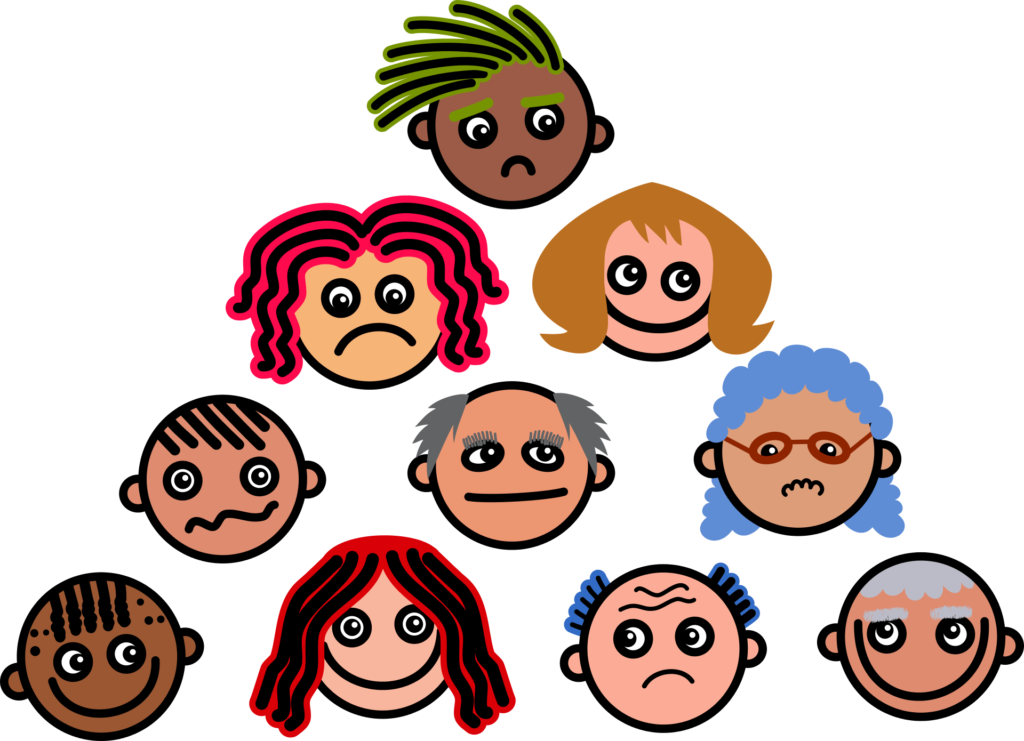
Workplace relationships are only sometimes smooth and can result in workplace conflicts. This happens in all companies and can even be considered normal. But sometimes, the situation gets so bad that it leads to workplace conflict. A severe conflict in a large company can transcend and reach the media and social networks, creating a scandal. Building a solid employer brand takes work, so something like this can damage it and your company's reputation.
These cases are embarrassing for the executives of large companies, who also see their reputation and even their jobs at risk. In this article, we will tell you what a workplace conflict is, what types there are, how we can resolve them, and real-world examples of conflicts.
What are workplace conflicts?

Workplace conflicts are a consequence of the deterioration of work relationships in organizations. According to the International Labor Organization (ILO), a country's global workplace conflict can be measured by the number of strikes and employer closings carried out during a specific period. The variety of conflicts in work environments is enormous. The nature of these conflicts depends on the circumstances that have caused them, how many people are involved, and who those people are.
We can classify workplace conflicts in a lot of different ways. Let's explore some of them.
Workplace Conflicts according to the Number of People Involved
In this case, we have intrapersonal, interpersonal, or organizational conflicts.
- Intrapersonal: these are conflicts that a worker has with himself due to contradictions or dissatisfactions on a personal level.
- Interpersonal: these are conflicts that arise between people. The root of the conflict can be personal relationships, a clash of interests, poor communication, or cultural differences.
- Organizational: they are generated between people, work groups, or departments due to situations that arise during work development or tensions derived from differences in interests between different company departments.
Another variant in the classification of conflicts according to the number of people involved is:
- Personal conflicts are initiated by a single worker against his employer or boss because he disagrees with the working conditions in which he performs his tasks.
- Plural conflicts: this occurs when several workers disagree with the working conditions.
- Collective conflicts: we move to a communal conflict when a generic group of workers is affected, although they manifest themselves individually.
A case of labour conflict that we could classify as plural and organizational is the one that occurs in large Spanish cities with bus companies that provide urban and metropolitan transport. Many of these problems are due to the need for more agreement between management and the works council. This prolongs negotiations and delays the signing of the collective agreement. The root of these conflicts is in employees' salaries.
Generally, the works council proposes a salary increase for workers, but management disagrees, and time goes by until they reach a solution and the agreement is signed. Meanwhile, workers usually declare a strike as a pressure measure against management. Such strikes do a lot of harm because they affect the frequency of urban transport, causing discontent among citizens. In Japan, however, bus drivers continued driving but decided not to charge customers fare, not to disrupt people too much.
Workplace Conflicts according to the consequences they bring to the company
Workplace conflicts can be beneficial or detrimental to companies. Therefore, we will divide them into functional or dysfunctional conflicts.
- Functional conflicts benefit the company's operations only if they manage correctly. These conflicts are even necessary to maintain critical analysis and motivation among workers. If not, companies need to grow and implement improvements.
- Dysfunctional conflicts: are those that negatively affect the organization and distance it from its objectives. We will manage these as soon as possible because they threaten the company's productivity.
Conflicts arising from sociological processes

The sociological processes that trigger these conflicts are:
- Gender discrimination
- Cultural diversity
- Ethnic discrimination
- Work-life balance
Many of these conflicts start as individuals but can become serious company problems. The movie Philadelphia (1993), based on a true story, provides an example. It tells the story of a lawyer fired by his company when they learn he is HIV positive. Although the law firm tries to hide it, the dismissed lawyer knows why he has been fired and sues them.
Conflicts arising from psychosocial processes
This type of conflict may be due to incidents of workplace bullying or sexual harassment. Unfortunately, many describe this conflict as a silent outcry, as many know it exists but do not report it. One of the most well-known cases is that of American film producer Harvey Weinstein, who abused his privileged position so he could harass more than 80 women.
Labour disputes
These disputes arise as a consequence of problems that affect the sector to which the company belongs. An example of a labour dispute is the one that occurred in 2018 with teachers in Argentina, which led to strikes. The conflict in this country starts due to the lack of salary offers and the ending of school programs and schools. Another competition case was in 2003 when the metal unions in Zaragoza disagreed over the irregular distribution of working hours that employers maintained.
Political labour conflict
This conflict arises due to certain acts or laws affecting a particular worker group. An example of a political labour conflict occurred in Spain in 2002 with the labour reform decree law, which caused a 24-hour strike.
Solidarity conflict
It occurs in response to the harm suffered by another group other than the one expressing the conflict. We have talked at length about workplace conflicts, but we won't leave it there. Instead, we will show you how to resolve them below.
Solutions to Workplace Conflicts

Resolving a workplace dispute can be highly complex, depending on who is affected and how. For larger-scale conflicts, even third parties may need to be involved. Let's look at five methods to reach a solution:
- Negotiation: With this method, the aim is to develop a joint proposal. For this purpose, the parties argue and eventually cooperate.
- Arbitration: The parties assign a third party, an arbitrator, to resolve the conflict. The parties must voluntarily accept the decision of the arbitrator.
- Mediation: The parties negotiate in the presence of a third person who adopts a neutral position. This third person is the mediator, whose task is to bring the parties closer and accompany them to a solution.
- Conciliation: With this method, the parties try to reach an agreement with all the legal guarantees and get assistance from a conciliator.
- Amicable composition: This method involves assigning one or more third parties to resolve the conflict. These third parties are the friendly composers and enjoy prestige, trajectory, and moral solvency to decide how parties will resolve their dispute.
People use these solutions mentioned above to resolve conflicts on a large scale. However, some disputes arise on a much smaller scale. Therefore, we must manage less visible conflicts emerging from the earliest moment we encounter them.
We give you five recommendations for conflict management in its initial phase:
- Face the problem as soon as possible and thus avoid its escalation, making it more challenging to resolve.
- Avoid taking a clear defensive position against any of the involved parties. Be impartial.
- Always ensure that dialogue, respect, and tolerance prevail.
- Identify the causes of the conflict and the people generating tensions in the work team.
- Listen to those involved and try to find possible peaceful, consensual solutions.
Consequences of workplace conflicts

Workplace conflicts can bring positive or negative consequences. Positive ones stimulate the worker, strengthen feelings of identity, awaken attention to problems, and test structures within the company. But, on the other hand, regarding adverse effects, frustration, hostility, and anxiety will rise.
Additionally, group pressure can lead to the dispersion of productive energies. As a result, initiatives will stop, and circular tensions and friction between interpersonal relationships will rise.
In conclusion
Workplace conflicts are inevitable in any organization. Therefore, supervisors must be capable of managing them effectively. As a result, they can ensure a good work environment, improve employee relations, and increase company productivity.
Have you experienced a workplace conflict up close? Do you believe that these types of problems are being adequately solved?
Share your experience in the comments. We look forward to hearing from you!
